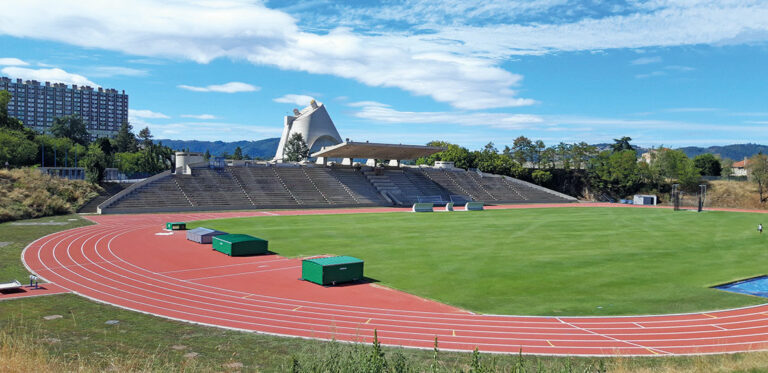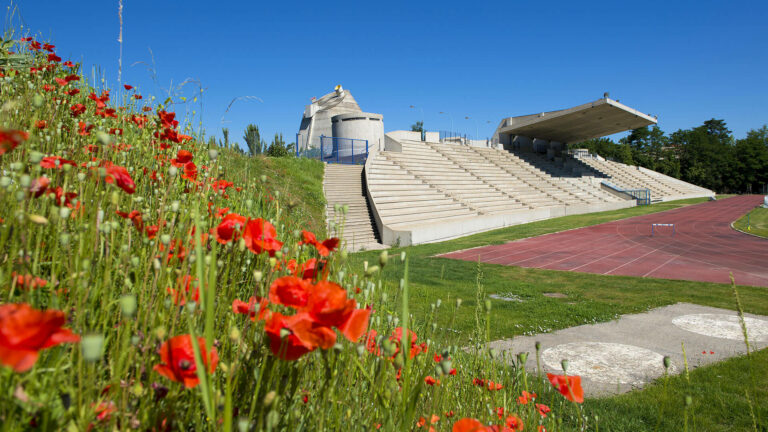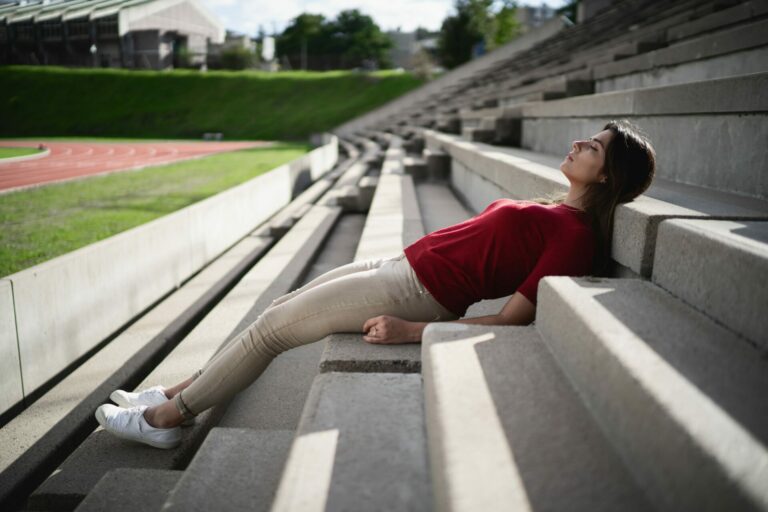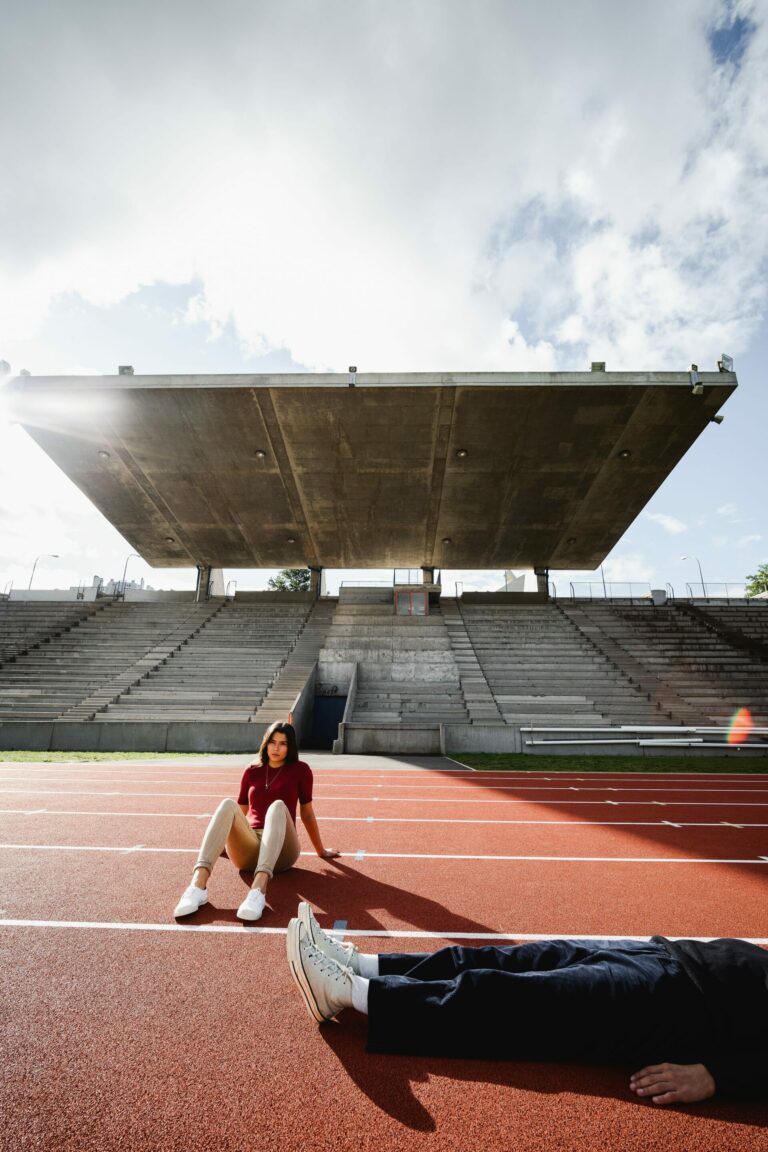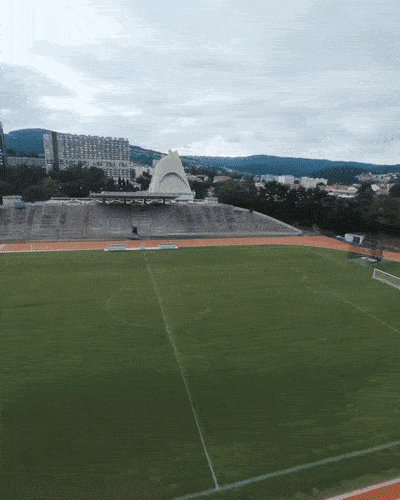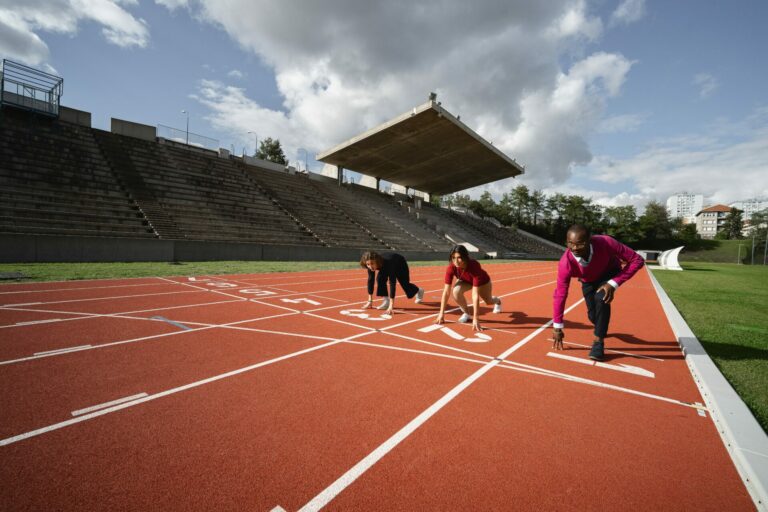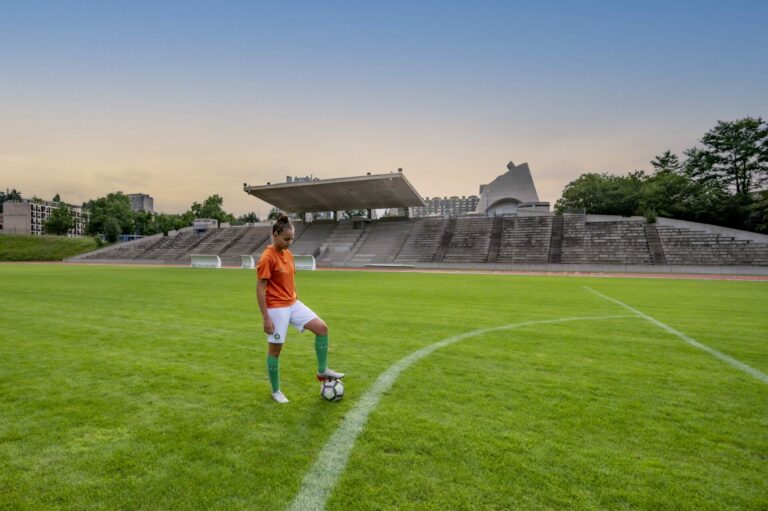Le Corbusier
The Stadium

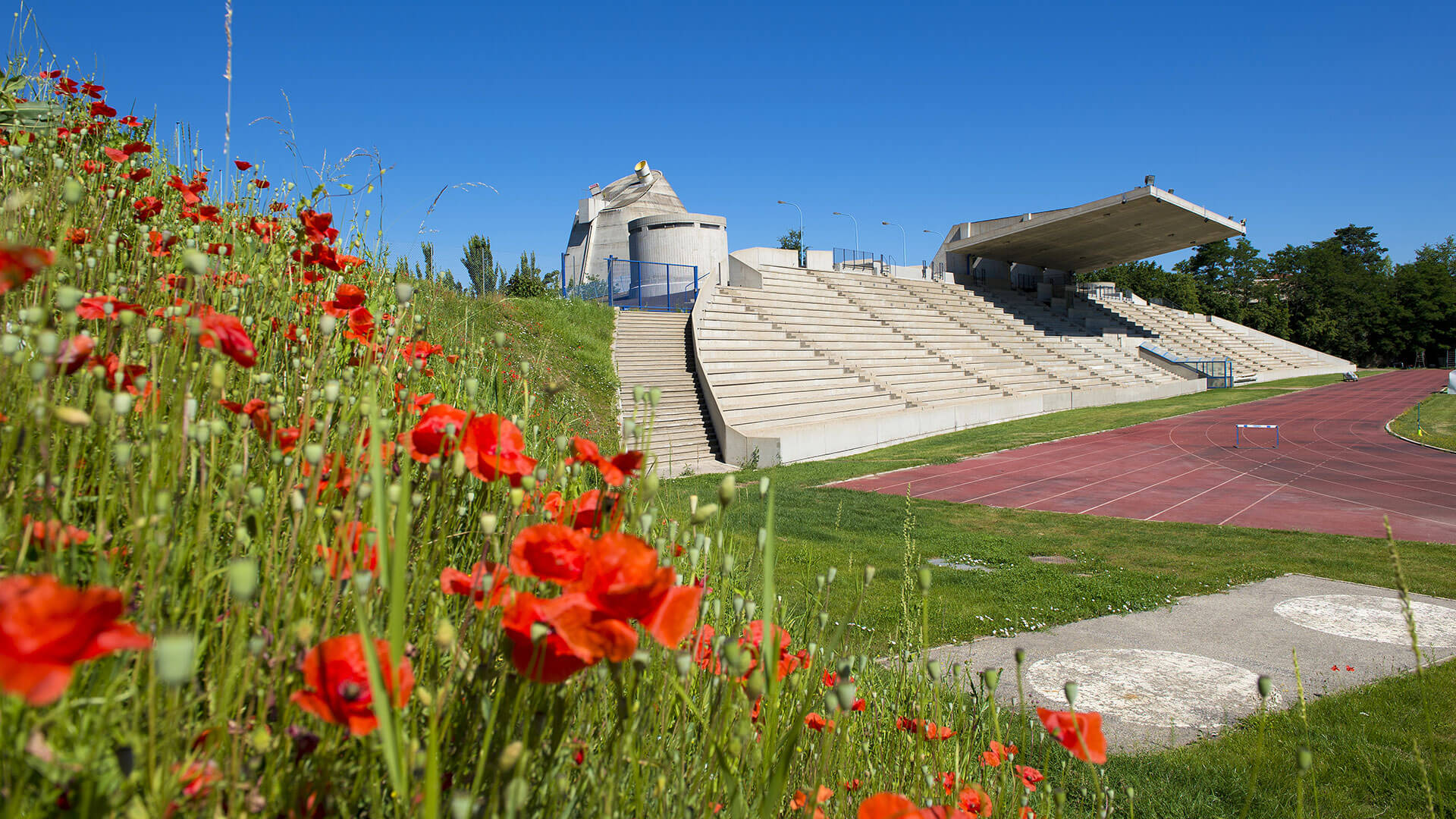

In 1955, Eugène Claudius-Petit asked Le Corbusier to conceive a city stadium next to the Cultural Centre. The construction started one year after Le Corbusier’s death and took place between 1966 and 1969, under the direction of André Wogenscky, one of Le Corbusier’s coworkers.
To Le Corbusier sports was very important. However this stadium is one of the only realisations of the architect in this field, along with the Gymnasium in Baghdad (Iraq).
This amenity reveals the mayor’s ambition in the 1950s: it is endowed with an Olympic sized running track (400 meters) and the stands have a capacity of 4,000 people. This represents a quarter of the current population of Firminy!
The stadium fits the bowl shape of the former quarry in which it was built, and the stands lean against the slope. As in an ancient theatre the spectators access their seats from the top of the stands.
The stands are partly covered with a 15.50-meter cantilevered concrete canopy: this is the equivalent of a 5-storey building façade!
The Stadium Le Corbusier, which is a listed building, has recently been restored and is still in use today.
Eight
sensitive
experiments
to live…

